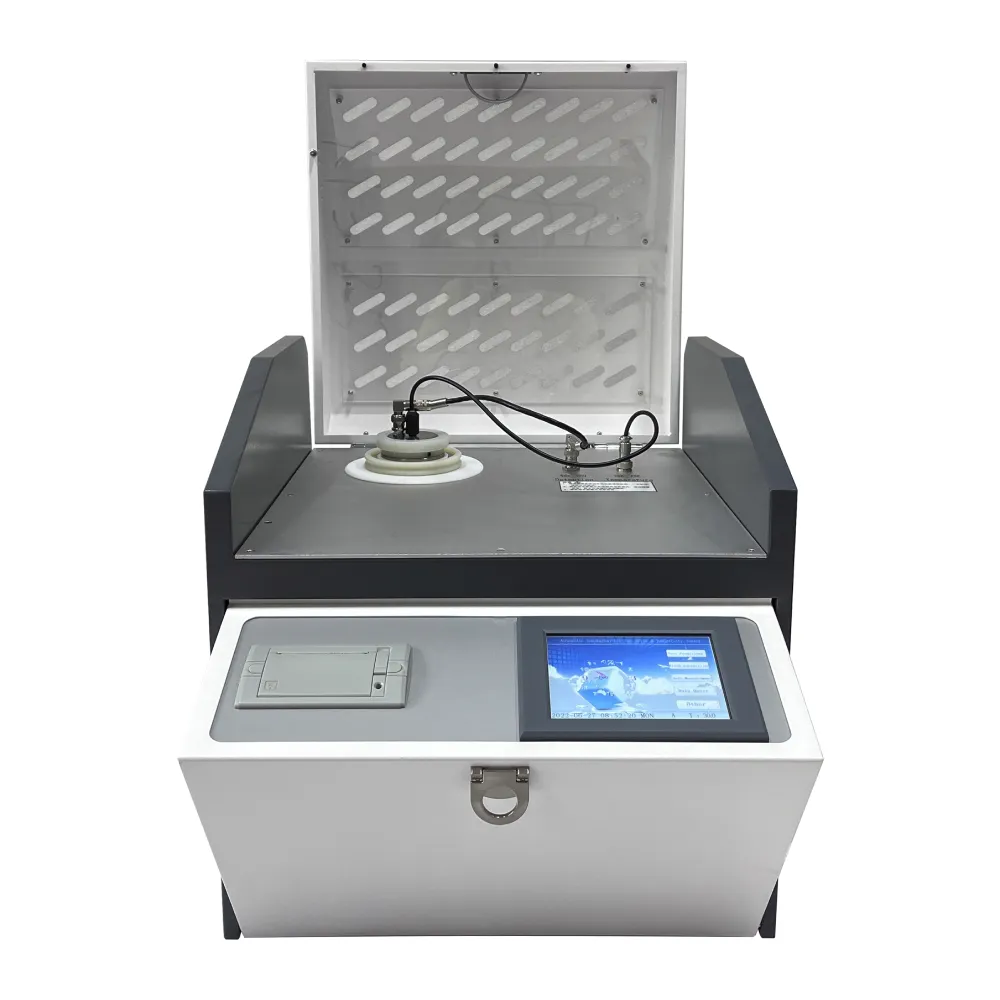 English
English


Automated Potentiometric Titration Techniques for Enhanced Precision in Chemical Analysis and Experimentation
The Role of Automatic Potentiometric Titration in Analytical Chemistry
Automatic potentiometric titration is a sophisticated analytical technique widely utilized in various fields, including chemistry, biology, and environmental science, for determining the concentration of unknown solutions. This method offers precise, accurate, and efficient results, making it an indispensable tool in laboratories around the world.
At its core, potentiometric titration involves measuring the voltage change in an electrochemical cell during a titration process. As a titrant is gradually added to a solution containing the analyte, the pH or potential of the solution changes. This change is monitored in real time using a potentiometer, allowing for the identification of the endpoint of the titration with high accuracy. The automation of this process enhances its efficiency, reducing the likelihood of human error and making it feasible to conduct complex titrations that would otherwise be time-consuming.
One of the most significant advantages of automatic potentiometric titration is its versatility. It can measure a wide range of substances, from simple acid-base reactions to more complex redox or precipitation reactions. This versatility allows researchers and analysts to apply the technique in diverse areas such as pharmaceuticals, food and beverage quality control, water analysis, and even environmental monitoring.
In a typical automatic potentiometric titration setup, an electrode system is employed, which usually consists of a reference electrode and an indicator electrode. The reference electrode maintains a constant potential, while the indicator electrode responds to changes in the chemical environment of the solution. During titration, a computer interface records the potential readings and correlates them with the volume of titrant added. This real-time data collection enables the generation of precise titration curves, which can be analyzed to determine the endpoint of the reaction accurately.
automatic potentiometric titration

The endpoint determination is critical in titrations, and automatic systems greatly enhance this aspect. By analyzing the inflection point in the titration curve, one can ascertain the volume of titrant required to reach the equivalence point. This automated process eliminates the subjective interpretation that can occur in manual titrations, where human judgment is required to identify the endpoint.
Moreover, the integration of automatic potentiometric titration systems with advanced software allows for the generation of comprehensive reports and data analysis. Users can easily visualize trends, compare results, and ensure compliance with regulatory standards, which is particularly important in industries where quality assurance is paramount.
Environmental applications of automatic potentiometric titration are increasingly gaining attention. For example, assessing water quality through the titration of alkalinity, hardness, and various ions is essential for maintaining safe drinking water and monitoring aquatic ecosystems. The precision afforded by automatic systems aids in identifying pollutants and managing environmental health effectively.
In conclusion, automatic potentiometric titration represents a key advancement in analytical chemistry. Its ability to deliver rapid, reliable, and accurate results has made it a preferred method for many applications across different industries. As technology continues to evolve, we can expect further enhancements in automated systems, leading to increased efficiency and accuracy in the determination of chemical concentrations, ultimately advancing scientific research and industrial processes alike. With the ongoing development of this powerful analytical tool, the future of quantitative analysis looks promising.
-
Differences between open cup flash point tester and closed cup flash point testerNewsOct.31,2024
-
The Reliable Load Tap ChangerNewsOct.23,2024
-
The Essential Guide to Hipot TestersNewsOct.23,2024
-
The Digital Insulation TesterNewsOct.23,2024
-
The Best Earth Loop Impedance Tester for SaleNewsOct.23,2024
-
Tan Delta Tester--The Essential Tool for Electrical Insulation TestingNewsOct.23,2024





